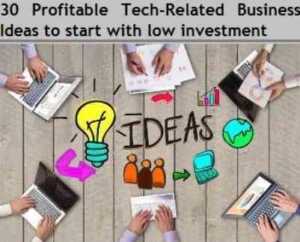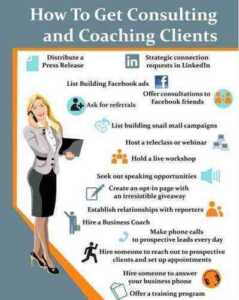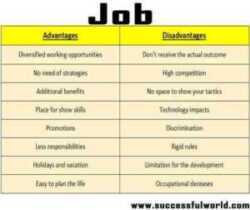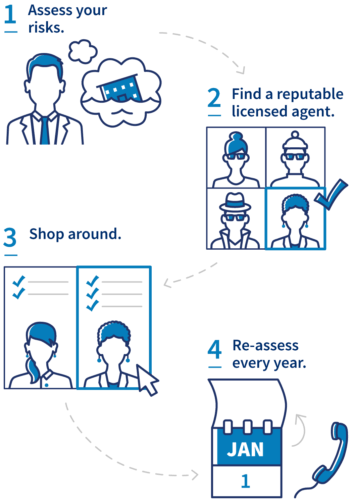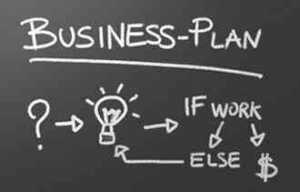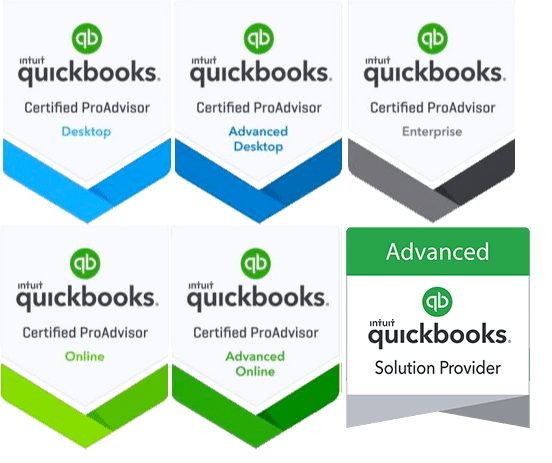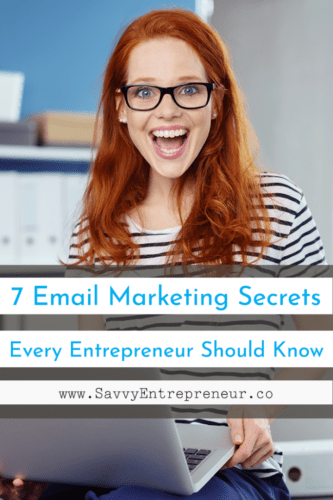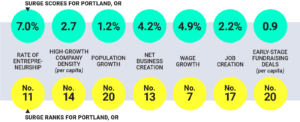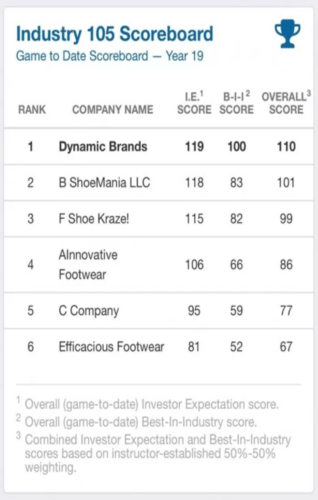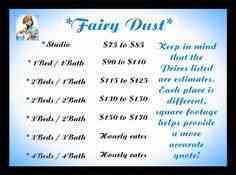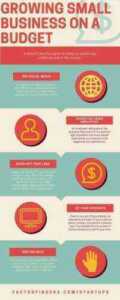If you are thinking of sending brochures like strategy to get sales or to advertise a new product or service, you are probably wondering how to go about ensuring a good response.
After all, when you add up all the costs of printing a brochure – writing, art, photography, letterpress, printing, and postage – plus the time you or your staff spend putting together, a simple brochure can cost upwards of $ 1 dollar.
Still, cost isn’t the only thing to worry about. Every piece of advertising you send out will leave an impression on your potential customers. Conveying the wrong impression can risk losing sales, burning customers, and wasting your money.
So what can you do to make your sales triplets be successful? Here are ten important secrets to making effective brochures.
1. Understand your customer
Before spending time planning a brochure, the first thing to do is make sure you understand your customers. Why would they want to buy your product? What is the most important thing you can do for them? What is the most important problem that your product or service can solve for them? If you don’t know the answers to questions like these, then start by asking. Talk to your salespeople. Talk to customers. Use their responses to decide which benefits your brochure should highlight.
2. Plan your brochure with AIDA
No, we are not talking about a distant aunt. AIDA is an acronym for Attention, Interest, Desire and Action. To be effective, the brochure must attract attention, have enough impact to capture the interest of the prospect to continue reading, raise the desire for the product or service, and get a specific action taken, such as buy now, call or ask. an appointment.
3. Don’t put a photo of your store on the cover of the brochure
Of course, you will be proud of the construction and the way your company has grown. However, your clients don’t really care how proud you are of your company, or how big your building is. The only thing they care about is whether your products meet their needs. Don’t waste the space you should use to sell your products and convince them to buy now.
4. Sell, don’t just say it
Your current and potential customers are not really interested in your company or product. They are interested in themselves and their own businesses. To get their attention, the brochure should focus on the benefits they will enjoy making a purchase with you. Remember, people don’t buy answering machines to record messages. They buy answering machines so they never miss important calls.
5. Use headings and graphics that your audience cares about.
The average reader has less than 5 seconds to glance at the cover of a brochure and decide whether or not to read it. If your headline or graphics on your cover are boring, your recipients will little bother to open it.
For example, a photo of people watching a presenter writing on a blackboard with a headline that reads “The Game and the Strategy” is likely to end up in the trash can. While a photo showing a thumbs-up businessman with his team at work and a headline that reads, “Train Your Team to Close Big Sales” is likely to get a lot more attention.
6. Also highlight the benefits in the headlines inside the brochure
Once they have received the brochure, the next thing your prospect will do is flip through the headlines inside. Use those headlines to keep their attention, and keep them moving to the text that describes your products and offers.
7. Tell them clearly what you want them to do after reading the text
Once you grab the customer’s attention In the product you sell, you have to take the next step: tell them what they have to do to buy it. Don’t assume that on their own they will find your number and call. If you don’t tell them what action to take, they can dial the wrong number by asking another business or service provider instead of yours.
8. Give them a reason to act now
If you don’t urge the reader to act now, and they aren’t given a powerful reason for doing so, your efforts to grab their attention, arouse interest, and desire will be in vain. The client will simply move on to the next thing they have to do and forget about you.
Some of the most common offers that work to get customers to buy immediately are: special discounts that are only valid before a specific date or free gifts for purchases before that date. Another strategy that works without involving discounts or gifts is to mention that the quantities are limited (if they really are), or because the prices will rise soon, etc.
9. Facilitate contact
Make sure your business name and phone number are easy to find in the brochure. Include if possible a toll-free 800 number, or some other easy way for people to take the action you want them to take.
10. Minimize risk
Once you have built the desire to have what you sell, you could still lose the sale if the customer has any concerns about the purchase, since they do not know who you are or how good the product can be. To reduce customer fear, include a full satisfaction or money-back guarantee.
Plus business tips and advice:



![5 Ways To Get Initial Business Capital [actualizado] 5 Ways To Get Initial Business Capital [actualizado]](https://businessguarantor.com/wp-content/uploads/2021/03/5-ways-to-get-initial-business-capital-actualizado.jpg)
